 The old, raging debate about the authorship of Shakespeare’s plays (and presumably, of his other work) has reignited, thanks to the new John Orloff/Roland Emmerich release, Anonymous.
The old, raging debate about the authorship of Shakespeare’s plays (and presumably, of his other work) has reignited, thanks to the new John Orloff/Roland Emmerich release, Anonymous.
I haven’t seen the film, but I understand it posits that the Earl of Oxford, Edward de Vere, penned the masterpieces we attribute to William Shakespeare as tools for sedition, intrigue and political advantage.
I won’t presume to critique an unseen movie, so instead I’ll address the ongoing debate about the provenance of Shakespeare’s writing, and the ongoing (and often heated) arguments that result.
As near as we can tell, the question first arose in the latter 1800s, thanks to American author and former congressman Ignatius Donnelly (the man single handedly responsible for the modern Lost Atlantis movement). Donnelly claimed he’d discovered ciphers hidden in Shakespearean plays that proved their true author had been Sir Francis Bacon. Later candidates for the “true Bard” included such luminaries as Ben Jonson, Christopher Marlowe and Sir Walter Raleigh.
At a glance, the trend seems to be to assign authorship of what are arguably some of the greatest works of English literature, to any sixteenth-century English gentleman who might have had access to quill and ink – any except William Shakespeare, that is.
Why? There’s a bit of classism at play here, I think. Shakespeare is generally considered to have hailed from thoroughly common roots. He was the son of a farmer, glove-maker and minor local official from the village of Stratford. There’s little surviving evidence of his formal education – which is striking, since the author of his plays manifests not only extraordinary talent with language, but also a detailed grasp of European history and politics, going back to pre-Roman times.
What we know for sure is that William Shakespeare was born in Stratford and set out as a young man to make his fortune as an actor in London. Acting was considered, during Elizabethan times, to be a thoroughly unsavory profession, and yet theater was wildly popular with all classes of Londoners. There was a fortune to be made there, and Shakespeare made his. He rose to become one of the lead performers of his company, the King’s Men, and eventually became a part owner of the Globe Theatre. Later he was to invest heavily in real estate, both in London and back home in Stratford.
Those specifics are beyond question, despite the fact that some doubters go so far as to surmise that Shakespeare never even existed. That theory can be thoroughly discounted for the best of reasons: Shakespeare left a wide paper trail. Not only are his property transactions painstakingly documented, his name also appears in innumerable legal proceedings in London, Stratford and elsewhere. Luckily for us (if not for Elizabethans), England of the sixteenth century was litigious to a degree that makes modern society seem passive and apathetic. Lawsuits were such a common occurrence that they were apparently just a standard way of doing business. Indeed, it wasn’t unheard of for a gentleman to file suit as a method of first resort for collecting on informal loans made to friends…and all parties would remain friends during and after the trial.
Shakespeare was plaintiff, defendant or witness in dozens of such suits, for a period spanning most of his adult life. We also know the details of his will, and the fate of all his children (one of whom was named Hamnet, a name that was commonly conflated at the time with “Hamlet”).
So yes, Shakespeare lived. But did he write his plays? There’s less proof of that, but it’s certain that from the time shortly after his death, until Ignatius Donnelly first raised the question, his authorship was undisputed.
If there’s little physical evidence of that, then it’s because Shakespeare probably considered himself an actor first, a writer second. He wrote his plays not necessarily for posterity, but more as a vehicle for his company’s ongoing success. In fact, he likely considered those plays the collective property of the King’s Men; not his own. So he probably made little effort to assert his authorship. It probably simply didn’t occur to him to do so.
Another issue is that although much documentary evidence from legal proceedings have survived, much else has not. School records, publication notes, perhaps even records of his research trips abroad very well might have existed once, but no more. This lack has served to feed the controversy.
And quite a controversy it is, with all sides taking it quite personally. Just this week, New York Times’s James Shapiro and Anonymous screenwriter John Orloff traded blows, by way of dueling editorials, which argued their respective positions…while also getting quite nasty.
I suppose that since a Hollywood blockbuster is at stake, Orloff, at least, has some skin in this game. But for the rest of us, I offer up a hearty: So What?
That’s not to say I’m not interested, nor am I uninvested in Shakespeare. Shakespeare, as we know and commonly understand him, invented creative writing. All English-speaking prose and poetry writers who’ve taken up the pen in the last 400 years owe a debt to Shakespeare.
No, I’m discounting this argument simply because it’s imponderable, unless and until some new evidence comes to light. Someday a dusty old attic might yield up a document that proves or disproves Shakespeare’s authorship. Until then, arguments on either side are hypothetical.
Enduring tradition says Shakespeare wrote 36 plays and 154 sonnets. Until something solid can challenge that tradition, it’s good enough for me. And even if that happens, I will repeat: So What? It’s the work itself I celebrate, and nothing will change that.
And what work it is.
I don’t care if your name is de Vere, Bacon, Shakespeare or Jones, if you can write like the excerpt below then I am your disciple. Can you use the words “love” and “decay” in the same sentence, and make that sentence soar? Someone did once, and until I have cause to do otherwise, I’ll credit it to William Shakespeare of Stratford, Warwichshire.
Prepare to be awed and don’t be afraid to weep; I leave you with the final couplet of Sonnet 80:
Then if he thrive and I be cast away
The worst was this; my love was my decay
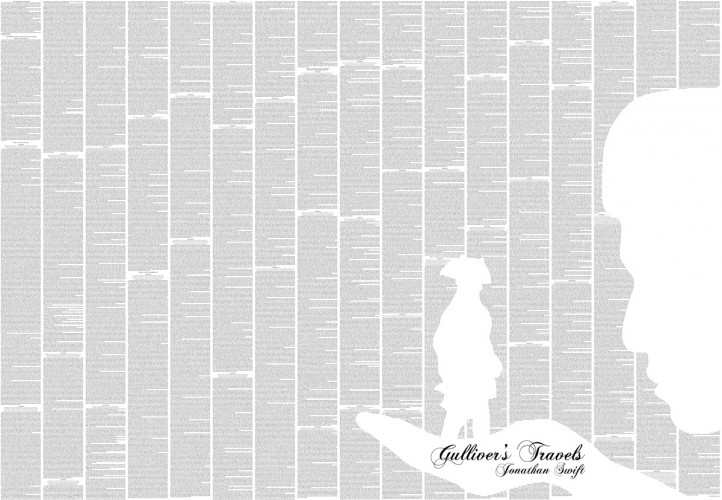 Media mashups are often iffy propositions. “Artistic segregation” might sound like a bad thing, but there’s usually a good reason why artistic genres, types and mediums are remorselessly assigned to their narrow cubbies. Andy Warhol never should have tried making movies, is what I’m saying.
Media mashups are often iffy propositions. “Artistic segregation” might sound like a bad thing, but there’s usually a good reason why artistic genres, types and mediums are remorselessly assigned to their narrow cubbies. Andy Warhol never should have tried making movies, is what I’m saying.
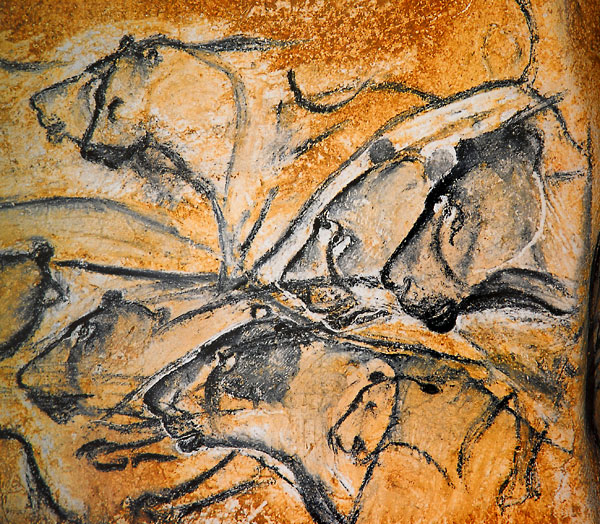 What can we tell from the most cursory examination of this painting? Well, it’s plain to see that a pride of lions is stalking something. The object of their fascination isn’t visible to us, but all of them are clearly fixated on something, the same thing.
What can we tell from the most cursory examination of this painting? Well, it’s plain to see that a pride of lions is stalking something. The object of their fascination isn’t visible to us, but all of them are clearly fixated on something, the same thing. Is great art static? Does it capture a moment in time, then remain unchanged for posterity? Or is it permissible to reinterpret historical masterpieces with modern technology for the sake of new appreciation?
Is great art static? Does it capture a moment in time, then remain unchanged for posterity? Or is it permissible to reinterpret historical masterpieces with modern technology for the sake of new appreciation?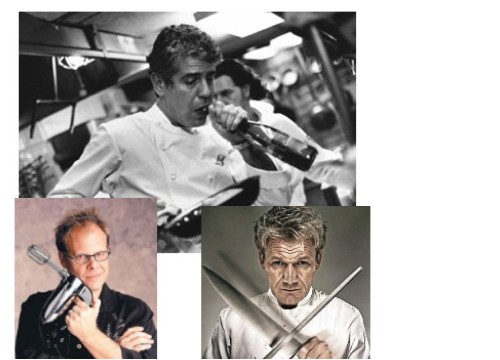 Pop culture critics are sometimes hard pressed to find anything redeeming in pop culture. I confess to finding myself afflicted in just that way, very often indeed.
Pop culture critics are sometimes hard pressed to find anything redeeming in pop culture. I confess to finding myself afflicted in just that way, very often indeed.
 This year, the turkey was brined for twenty-four hours in a solution of salt, sugar, herbs and spices. It was stuffed with fresh apples and basted with honey and butter, then roasted to perfection. The pan drippings were combined with a roux built from scratch, to create a flawlessly savory gravy.
This year, the turkey was brined for twenty-four hours in a solution of salt, sugar, herbs and spices. It was stuffed with fresh apples and basted with honey and butter, then roasted to perfection. The pan drippings were combined with a roux built from scratch, to create a flawlessly savory gravy. the likes of
the likes of  I won’t ask your forgiveness. I’ll only tell you that if you tasted my Shepherd’s Pie, you’d understand. Then I’ll share the recipe, and casually mention I got that one from
I won’t ask your forgiveness. I’ll only tell you that if you tasted my Shepherd’s Pie, you’d understand. Then I’ll share the recipe, and casually mention I got that one from  If working writers were designers of the afterlife, then a particularly brutal hell would be waiting for plagiarists.
If working writers were designers of the afterlife, then a particularly brutal hell would be waiting for plagiarists.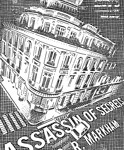

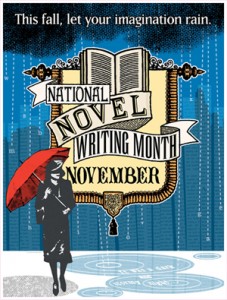
 The old, raging debate about the authorship of Shakespeare’s plays (and presumably, of his
The old, raging debate about the authorship of Shakespeare’s plays (and presumably, of his 
 Later he struggled to convince people of something that should have been, and still should be, obvious: he was just a guy. He was a guy who was insanely talented, and more than a little weird…but he was a flesh and blood fella who experienced occasional intestinal distress and (evidently) tooth decay, just like the rest of us.
Later he struggled to convince people of something that should have been, and still should be, obvious: he was just a guy. He was a guy who was insanely talented, and more than a little weird…but he was a flesh and blood fella who experienced occasional intestinal distress and (evidently) tooth decay, just like the rest of us.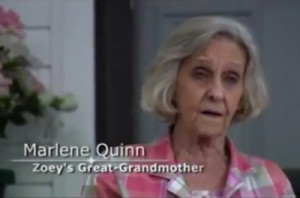
 Occupy Wall Street, the grass-roots, pro-middle-class protest movement that began on September 17th, has morphed. Owing to its success, the resonance of its message and its expansion to (so far) 70 other major cities, it has necessarily abbreviated its handle to the factually more accurate, and viscerally more satisfying: Occupy.
Occupy Wall Street, the grass-roots, pro-middle-class protest movement that began on September 17th, has morphed. Owing to its success, the resonance of its message and its expansion to (so far) 70 other major cities, it has necessarily abbreviated its handle to the factually more accurate, and viscerally more satisfying: Occupy.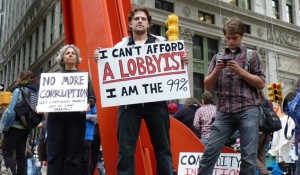
 Cain and others did get one thing right: this is class warfare. What they don’t realize (or won’t admit) is that the 99 Percenters didn’t start it, and they’re not the aggressors.
Cain and others did get one thing right: this is class warfare. What they don’t realize (or won’t admit) is that the 99 Percenters didn’t start it, and they’re not the aggressors. So Kate Gosselin is
So Kate Gosselin is  And while that’s all still evolving, it’s important to realize that none of this is new, none of it unprecedented. In 1973 PBS aired
And while that’s all still evolving, it’s important to realize that none of this is new, none of it unprecedented. In 1973 PBS aired 
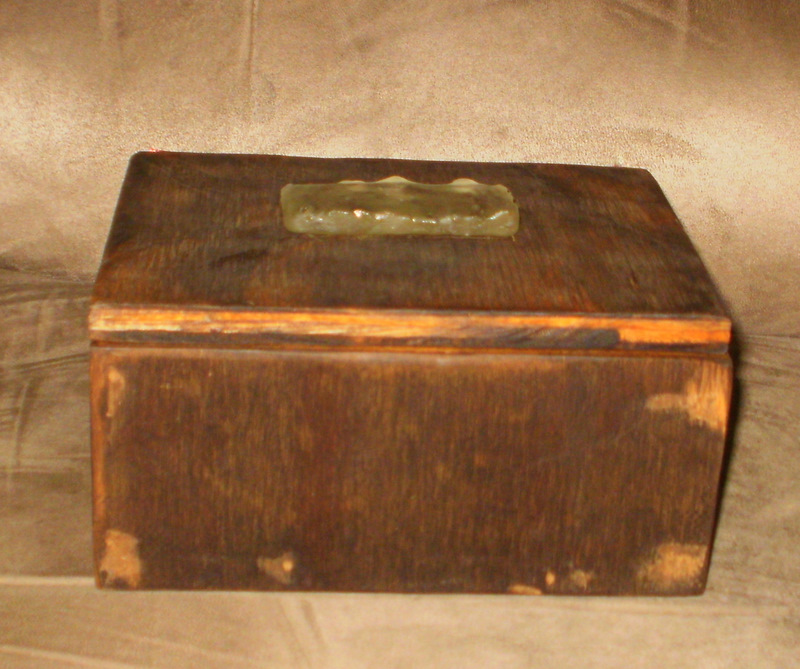 One of the perversities of American culture, one that has lamentably spread worldwide, is the conflation of the terms, wealth and worth.
One of the perversities of American culture, one that has lamentably spread worldwide, is the conflation of the terms, wealth and worth.